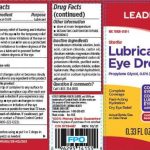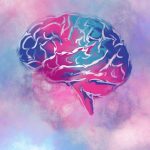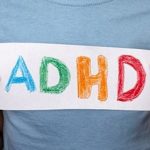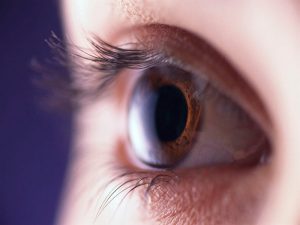
Warnings about the dangers of vaping may be reaching American teens: A new U.S. government report shows e-cigarette use is down among high school students. In fact, use of any tobacco product over the past 30 days declined among this age group during the 2022-2023 school year, from 16.5% to 12.6%. This was driven largely by a decline in e-cigarette use, which dropped from 14.1% to 10%. “The decline in e-cigarette use among high school students shows great progress, but our work is far from over,” said Deirdre Lawrence Kittner, director of CDC’s Office on Smoking and Health. “Findings from this report underscore the threat that commercial tobacco product use poses to the health of our nation’s youth,” Kittner said in a CDC news release. “It is imperative that we prevent youth from starting to use tobacco and help those who use tobacco to quit.” Still, anti-smoking advocates welcomed the findings. “It is terrific news for our nation’s health that e-cigarette use among high school students fell sharply this year, while use of cigarettes, cigars and other smoked tobacco products are at record lows,” said Yolonda Richardson, president and CEO of the Campaign for Tobacco-Free Kids. “These results are powerful evidence that with the right policies and public education campaigns, we can drive down and even eliminate youth use of all tobacco products. They show… read on > read on >






































